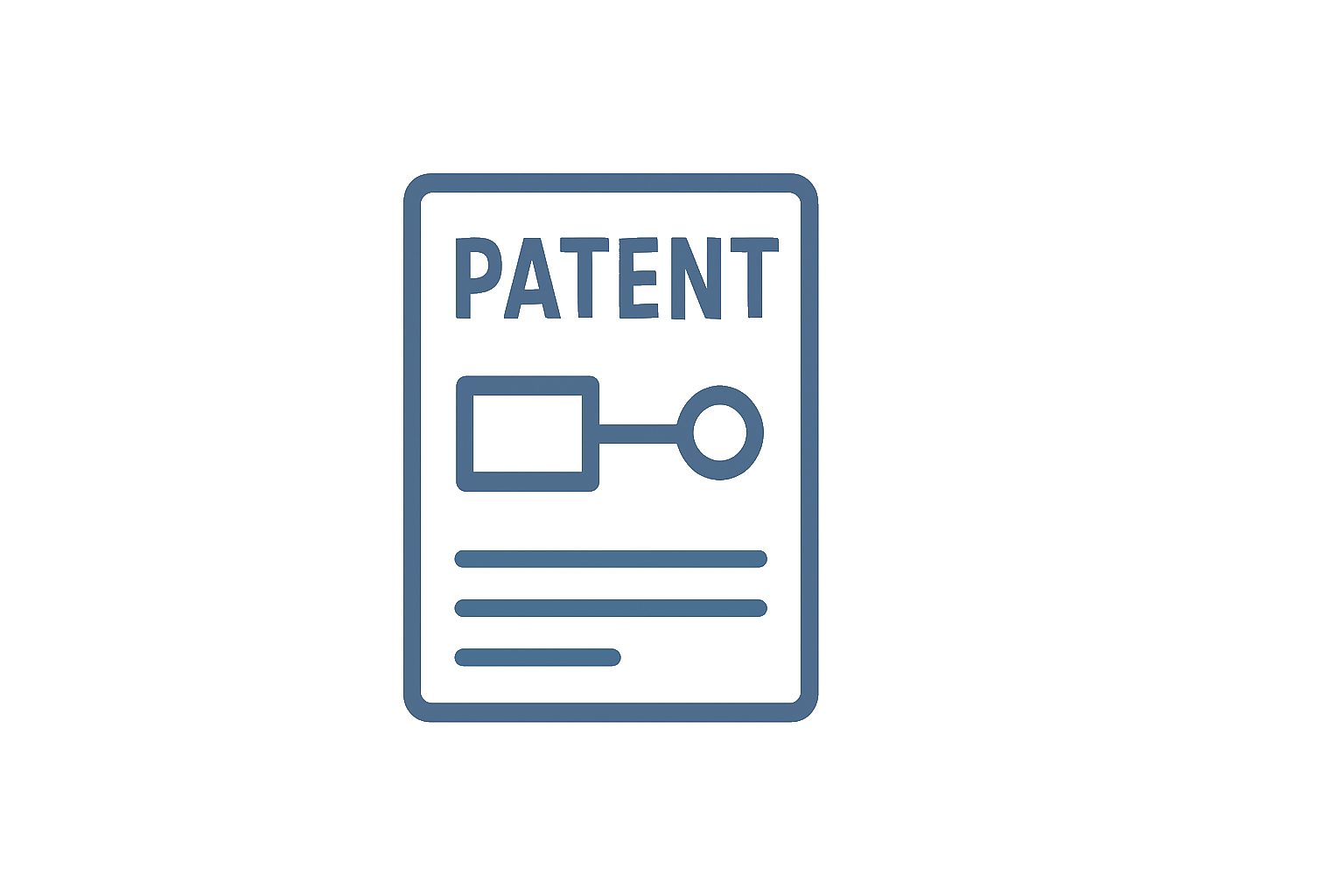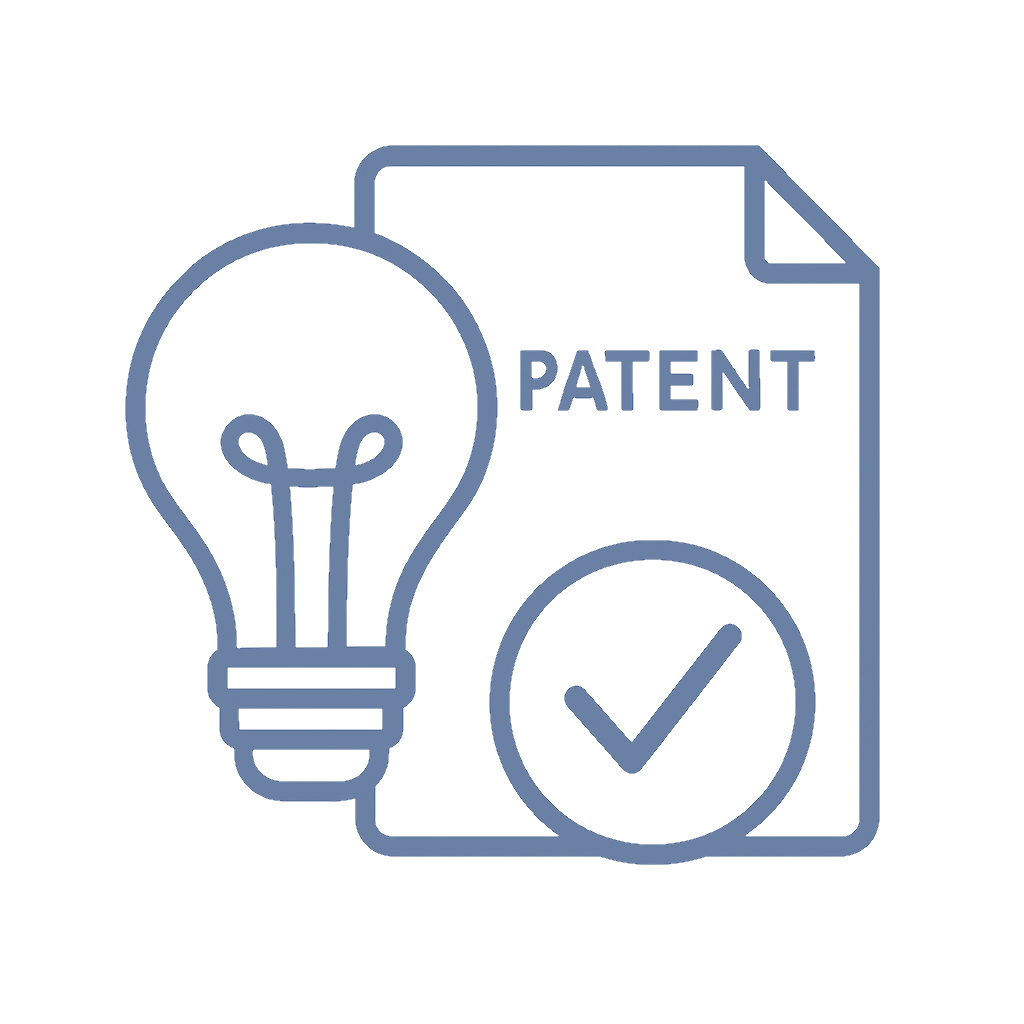📌 Quick Summary
1-Sentence Answer
Every part of a patent application — from figures to claims — plays a crucial role in defining, protecting, and defending your invention’s uniqueness and value.
The Article Overview
This article unpacks each essential part of a patent application — background, specification, figures, and claims — explaining how they work together to form a legally binding document that shields your invention from competitors. Whether you’re a startup founder, inventor, or curious engineer, this guide turns the complex world of patent structure into plain English.
❓ Common Questions & Answers
Q1: Why do patent applications have so many sections?
Each section serves a legal or technical function. Combined, they create a clear, enforceable boundary around what your invention is — and isn’t.
Q2: What’s the difference between the specification and the claims?
The specification teaches how your invention works. The claims define what is protected by law — like the fence lines on your property.
Q3: Are patent figures required?
Yes. Figures illustrate your invention so clearly that a skilled person could replicate it — a requirement under U.S. and international patent laws.
Q4: Can I skip the background section?
No. The background establishes the “problem” your invention solves and helps distinguish it from prior art — vital for the examiner’s review.
Q5: How detailed should my claims be?
Very. Vague claims invite rejection or easy “design-arounds.” Precision wins in patent protection.

📜 Step-by-Step Guide
-
Start with the Background: Describe the current problem in your industry and how existing solutions fall short.
-
Draft the Specification: Lay out your invention in meticulous detail, including variations or “embodiments.”
-
Add Your Figures: Label each element with reference numbers; every figure should match a corresponding section in the specification.
-
Write the Claims: Define the exact legal boundaries of your invention. Think of them as your patent’s “rules of engagement.”
-
Review & File: Ensure clarity, consistency, and completeness before filing with the USPTO (or your local patent office).
🕰️ Historical Context
Patents have existed since medieval Europe, where monarchs granted inventors exclusive rights for new crafts and trade methods. By the 17th century, the British Statute of Monopolies formalized this system, laying the foundation for modern intellectual property law.
In the United States, the first Patent Act of 1790 created a structured process requiring a written description, drawings, and a formal claim of invention. Over centuries, this evolved into the complex structure used today — specification, drawings, claims, and abstract — now harmonized globally through the Patent Cooperation Treaty (PCT).
Modern digital innovations, from electric vehicles to software algorithms, still rely on these centuries-old document structures. Whether you’re in Silicon Valley or Sydney, every patent follows the same DNA — a carefully balanced combination of storytelling, engineering, and legal precision.
🏢 Business Competition Examples
-
Apple vs. Samsung (2011–2018): Apple’s detailed design claims and figures became key evidence in billion-dollar smartphone lawsuits.
-
Dyson Ltd: Dyson’s patents feature meticulous specifications for airflow mechanics, preventing competitors from replicating its vacuum tech.
-
Tesla Motors: Tesla’s open-source patent strategy demonstrates how transparent, well-structured applications can still build brand dominance.
-
Bose Corporation: Bose’s acoustic engineering patents rely heavily on clear figures and precise claim drafting to protect sound innovations.

💬 Discussion Section
Patent applications may look like dense legal paperwork, but they’re actually a delicate balance between creativity and compliance. A well-crafted background builds the narrative — explaining why your idea matters. The specification provides the how, like a detailed recipe for replication. The figures serve as your visual proof, ensuring that your invention can be “understood by one skilled in the art.” And the claims? They’re your legal sword and shield.
Misunderstanding or underestimating any one section can lead to rejection or, worse, a weak patent that competitors can sidestep. The synergy among sections ensures that your invention isn’t just described but defensible. The background justifies your innovation, the specification teaches it, and the claims protect it.
Think of it like constructing a building: the background is the foundation, the specification the framework, the figures the blueprint, and the claims the locks on the doors. Each piece supports the other, ensuring your idea stands tall against scrutiny — whether from a patent examiner in Washington D.C. or a solicitor in London.
⚖️ The Debate
Viewpoint 1 – “Patents Should Be Simplified”
Some innovators argue that patents are unnecessarily complicated. Simplifying sections could lower filing costs and make innovation more accessible, especially for small businesses and startups.
Viewpoint 2 – “Complexity Equals Protection”
Others counter that the intricate structure of patents is necessary for precision. Without detailed specifications and claims, inventions could be too easily copied or misinterpreted. The complexity isn’t a barrier — it’s a safeguard.
✅ Key Takeaways
-
Every section of a patent serves a distinct purpose — omit one, and your protection weakens.
-
Figures and specifications work hand-in-hand to illustrate and explain your invention.
-
Claims define your invention’s legal scope — treat them like gold.
-
A clear background sets the narrative for your innovation.
-
Strong patents come from the fusion of clarity, completeness, and clever drafting.
⚠️ Potential Business Hazards
-
Filing incomplete or vague specifications.
-
Overly broad claims that get rejected or invalidated.
-
Poor figure labeling or mismatched reference numbers.
-
Ignoring prior art in the background section.

❌ Myths & Misconceptions
-
“Figures are optional.” → False. They’re often essential to understanding the invention.
-
“Only lawyers can draft claims.” → Not true, though professional help is highly recommended.
-
“One patent protects everything.” → Each invention (and sometimes each feature) may require its own application.
-
“Once filed, your patent is safe forever.” → Maintenance fees and enforcement actions are ongoing realities.
📚 Book & Podcast Recommendations
-
Book: Patent It Yourself by David Pressman – https://www.nolo.com/products/patent-it-yourself-pat.html
-
Book: Patent Law Essentials by Alan L. Durham – https://www.amazon.com/dp/0314288967
-
Podcast: IP Fridays – https://www.ipfridays.com
-
Podcast: Law Insider Podcast – https://www.lawinsider.com/resources/podcast
⚖️ Legal Cases
-
Apple Inc. v. Samsung Electronics Co. (2016) – https://supreme.justia.com/cases/federal/us/580/ – Landmark case defining the scope of design patents.
-
Markman v. Westview Instruments, Inc. (1996) – https://supreme.justia.com/cases/federal/us/517/370/ – Clarified that judges, not juries, interpret patent claims.
-
KSR International Co. v. Teleflex Inc. (2007) – https://supreme.justia.com/cases/federal/us/550/398/ – Redefined standards for “obviousness” in patent law.
📣 Expert Invitation
Want professional guidance for your next patent? Visit http://inventiveunicorn.com to connect with experienced attorneys who blend engineering insight with legal expertise.

🔚 Wrap-Up Conclusion
A patent application isn’t just paperwork — it’s your invention’s passport to protection. Each section, from background to claims, forms a carefully choreographed dance between storytelling and legality. Whether you’re an engineer sketching ideas on a napkin or a multinational innovator filing globally, mastering these parts ensures your brilliant idea stands protected, one claim at a time.











